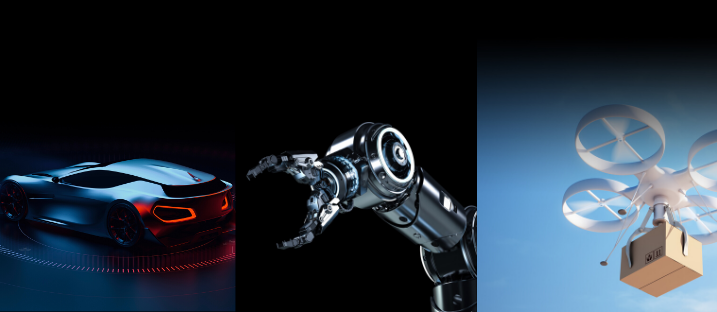Exploring the biggest challenges for 5G deployment
5G promises exciting advances for Communications Service Providers (CSPs), but the 5G rollout is going to be challenging. CSPs must rapidly build out dense, low latency edge networks in ways that are affordable, secure, and easily maintainable.
Guest blog written by Paul Miller.
CSPs are looking toward open-source, container-based network infrastructures that meet the 5G latency, reliability, and flexibility requirements while being inexpensive to deploy and maintain.
Want to learn more about how Wind River is able to mitigate 5G challenges? Download the eBook: Solving 5G’s Biggest Challenges for Communications Service Providers

5G challenges facing deployment
Deploying 5G will not be easy. While there is a lot of promising potential, CSPs must figure out ways to deal with the following 5G challenges:
- Building complex and dense networks: 5G networks will be significantly more complex than current networks. One component of this increasing complexity is the need for denser networks. New 5G antennas and RAN hardware, although powerful, cover significantly less space compared with existing 4G macrocells. This means similar coverage requires more 5G hardware and supporting software - a number that multiplies further as traffic moves indoors.
- Keeping operating and maintenance costs low: Adding the necessary hardware required for 5G networks can significantly increase operating expenses (OpEx). Of course, these costs go beyond the hardware itself. Networks must be configured, tested, managed, and regularly updated - all things that exponentially increase OpEx.
- Meeting low latency requirements: 5G networks require ultra low deterministic latency to properly function. While not as critical for telecom applications, it is needed for an emerging market of devices that can only allow a single millisecond delay for one-way communications across the entire infrastructure. Legacy networks simply cannot handle this speed and volume of data.
- Dealing with new security issues: Every new technology comes with new risks - and 5G is no exception. Given the highly distributed, connected, and sometimes remote nature of 5G networks, new consideration must be given to potential cyber security issues that arise.
New opportunities for 5G applications
The potential for 5G goes beyond traditional telecommunication applications. New industries will utilise 5G technology as the backbone to power intelligent edge devices. These groups will likely need to partner with CSPs that have more experience in the 5G space. However, this process will come with unfamiliar requirements and will present its own unique 5G challenges.
- Industrial and robotics: The latest industrial and robotics technologies will want to use 5G at the edge for autonomous operations. Connected robots that can 'see' require extremely low latency to react to visual inputs.
- Automotive: 5G will be used to support autonomous vehicles. In the future, the automotive industry envisions level 4 (L4) autonomous vehicles that carry people around as if they were cargo - with no human driver. This requires a huge amount of computing power and connectivity to function safely.
- Aerospace and defense: This industry largely views 5G as a way to improve global defense communications and to propel Urban Air Mobility (UAM) technology.

Why choose Wind River to mitigate 5G challenges?
Wind River is currently engaged with CSPs and Telecom Equipment Manufacturers (TEMs) making the 5G transition - and has been for decades. Our suite of products addresses the main 5G challenges, including network complexity, expense, latency, and security.
Wind River offers a variety of platforms to help mitigate even the most difficult 5G challenges, for both telecom and other industries.
Courtesy of Wind River.










